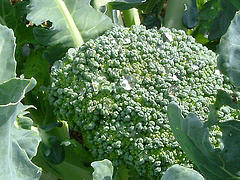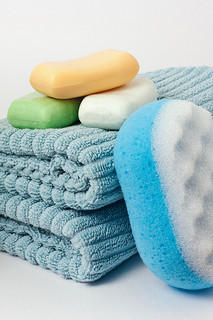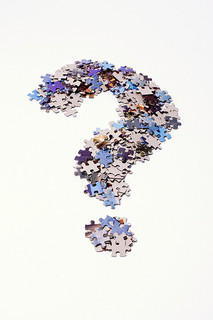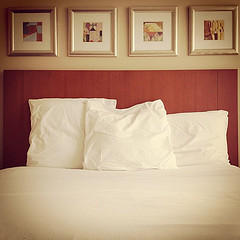How much cholesterol should a person really consume in a day? Are some types of cholesterol worse than others? There are a number of confusing “facts” floating around about the mysterious topic of cholesterol, and it may seem difficult to decide which ones are true. Here are a few definitive statements that will set the record straight and put you on the right track toward lower cholesterol. (Remember to consult with your doctor for medical advice!)
- Women should worry about their cholesterol just as much as men. Although many people think that cholesterol is man’s problem, once women enter menopause it affects them just as much. Menopause causes a woman’s “good” HDL cholesterol levels to decrease and their “bad” LDL levels to increase, which puts them at just as much risk.
- Everyone should practice a healthy diet and regular exercise routine to prevent high cholesterol. While being overweight or obese does put you at a much higher risk for high cholesterol, genetics are to blame for many instances of high cholesterol, as well. No matter how thin or physically fit you are, all adults should be concerned with their cholesterol levels.
- Whole foods are always better than packaged foods. There are many packaged foods that claim to be low in cholesterol, but they are often filled with other things (such as trans fats) that can also increase your cholesterol levels. Fruits, vegetables, and lean meats are always a better choice.
Common Misconceptions about Cholesterol [American Heart Association]
The Top 5 Cholesterol Myths [Health]
4 Dubious 'Facts' About High Cholesterol [Everyday Health]
Common Misconceptions About Cholesterol, Foods and Fats [Natural Therapy Pages]








 Equal Housing Opportunity
Equal Housing Opportunity